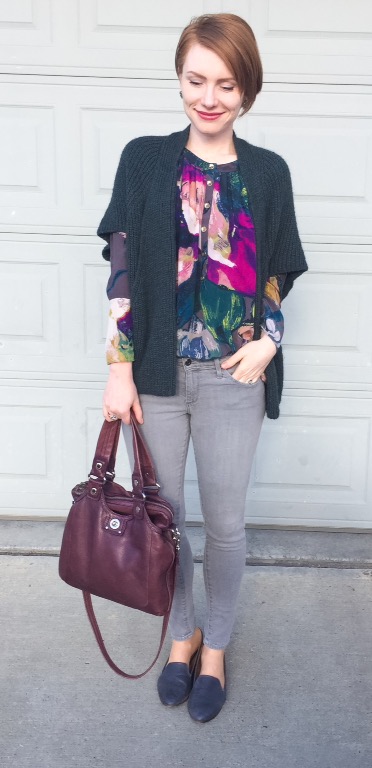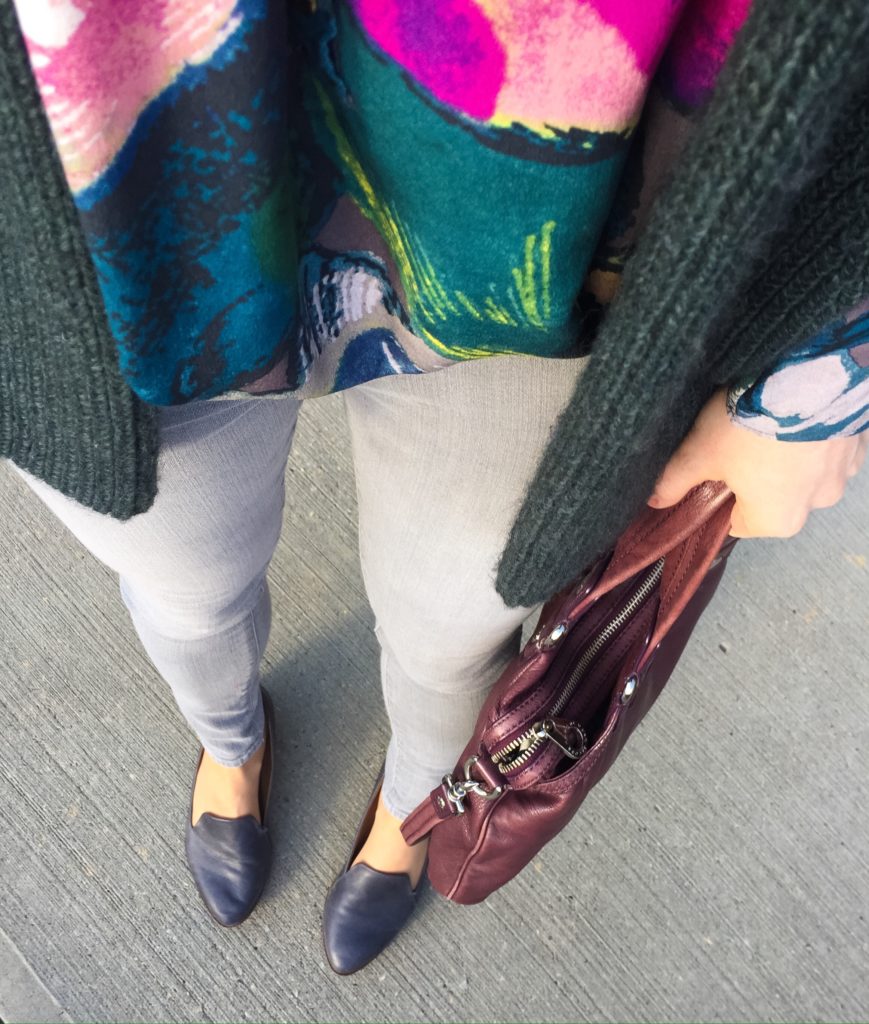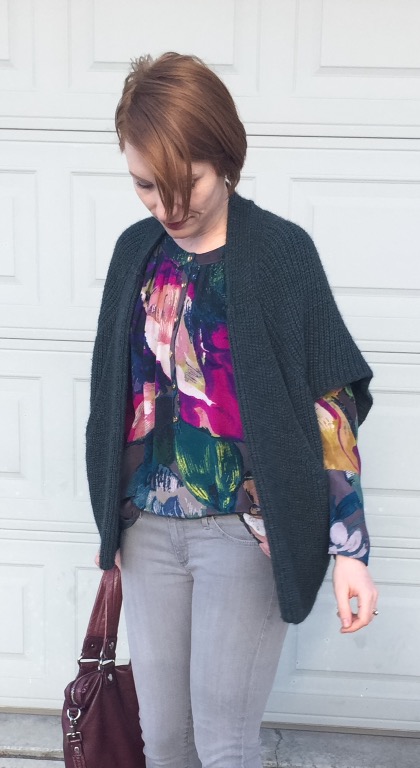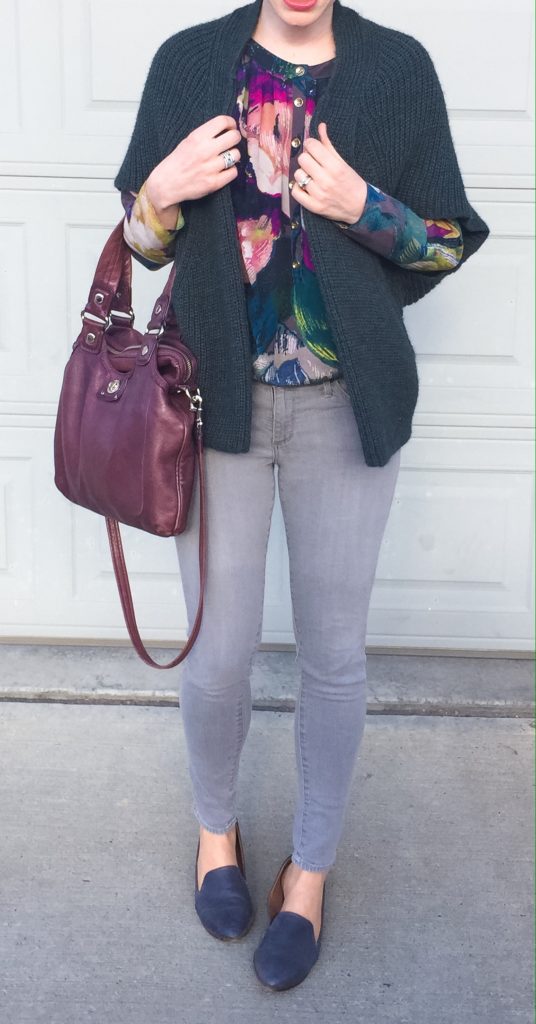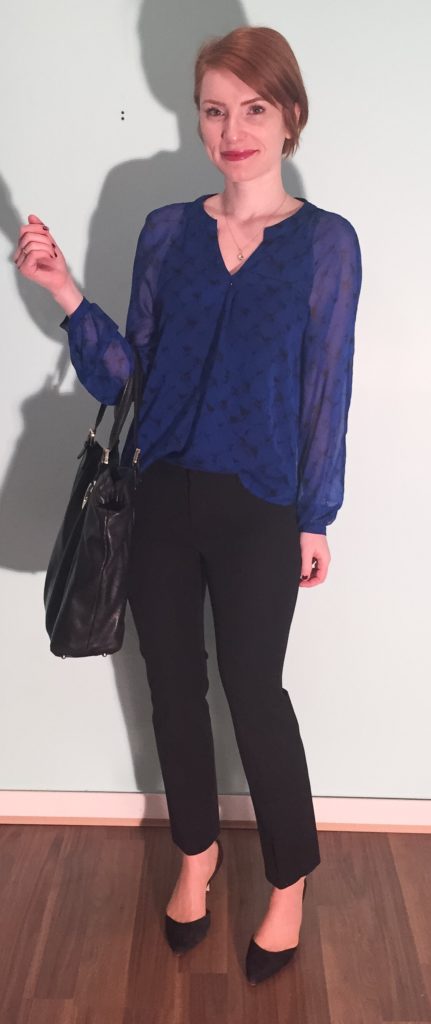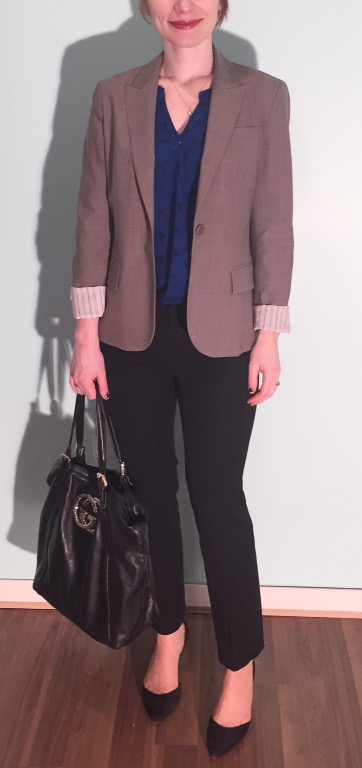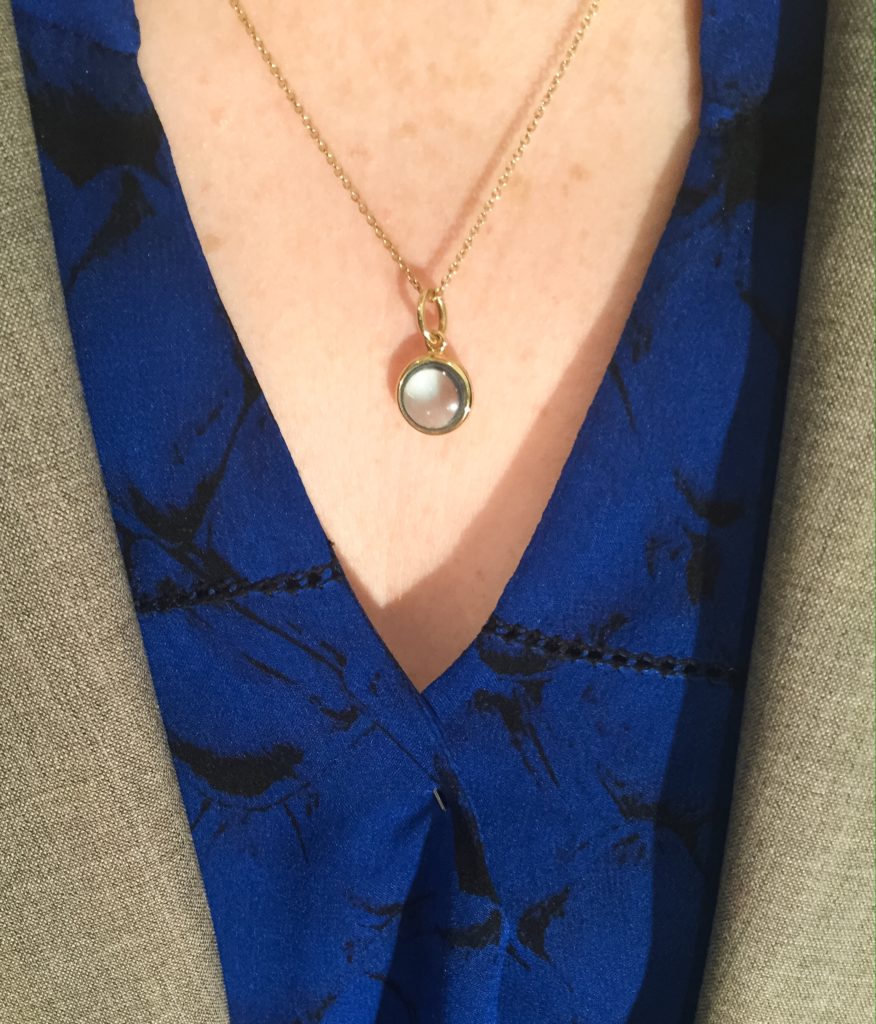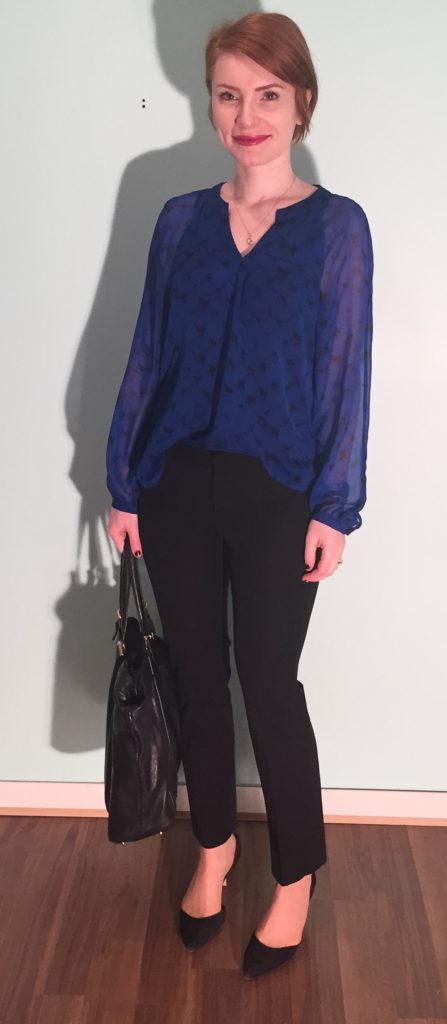Let me start by admitting this: I am a bit of a nosy parker. I am fascinated by how other people live – the way they decorate their houses, the clothes they buy, their finances. The latter in particular is something of a taboo subject outside of Personal Finance blogs, so my nosiness on that score is infrequently satisfied. For that reason, I love online discussions like this Reddit sub-thread on income level and clothes spending. The wide range of responses is very interesting, as are the related comments that come up – such as, for example, on the topic of lifestyle inflation. They got me thinking about my own life … and so this blog post was born.
I have absolutely no doubt that lifestyle inflation is a real thing; I’ve got all the proof I need when I compare my life a decade ago to my current situation. Take my recent trip to Mexico as an example. Back in 2007, I went on an all-inclusive vacation to Cancun – and stayed at a 3 star hotel. Last month, the four of us stayed at a 5 star resort on the Mayan Riviera. Same general location, a not insignificant difference in amenities … and cost. I’ve been trying to decide whether lifestyle inflation has crept into my clothes spending as well. If I use the same time period for comparison purposes, I think the answer is unavoidably “yes”. But if I look at the last 3 years or so, the answer is less clear.
For perspective, here are some relevant stats. Since 2013, my personal income has increased by about 50%. During that time, my clothes spending (in absolute dollars) has remained surprisingly steady, varying by no more than 10-15% from year to year. (I did not track or keep a consistent record of my clothes spending before 2013.) The average cost of the clothes I have purchased has steadily declined – from $40/item in 2013, to $16/item in 2016. Meanwhile, the average retail value of the clothes has increased – from $113/item in 2013 to $218/item in 2016. Those numbers represent, in a nutshell, the trend in my clothes spending: buying better (or at least more expensive) brands predominantly secondhand.
But what about lifestyle inflation?
In some ways, it hasn’t affected my clothes spending. After all, on average, I spend less per item now than 2-3 years ago even as my income has increased a fair bit. But that is not the full story. Averages are tricky things … especially when you buy a lot of things, like I do. Masked among my many thrift scores are some “big ticket” purchases that, not that long ago, would have seemed pretty scary. The biggest upward creep in my spending comfort level definitely happened with bags. Spending $500 on a bag doesn’t faze me like it used; I don’t do it regularly, but it’s an easily conceivable notion. My “knuckle biting” threshold for bags is now probably north of $700. Shoes are another category where my thresholds have changed quite significantly. I used to baulk at spending more than $50 on a pair of shoes; now, while I routinely spend less, I am nevertheless mentally prepared to spend up to $200 on a brand I love (like Manolo Blahnik, Frye, etc.). Same thing with outerwear, thanks to my beloved MaxMara camel coat.
At the same time, thrifting has had its own impact on the progression of lifestyle inflation in my clothes spending. The best way I can describe that impact is this: thrifting has made it easier AND harder for me to spend $50 (or more) on a piece of clothing. On one hand, I find it harder now to justify spending more than $20 on anything, because that’s usually the upper limit of thrift prices regardless of the label. On the other hand, if I do find something truly special, spending $100 or even $200 on a single item seems, well, not unreasonable given how little money my thrifting costs me (and considering that it accounts for 90%+ of my shopping). I think that, on balance, the influence of thrifting on my spending mentality is largely a positive thing. I constantly question the value of the things I’m tempted to buy, and am far less likely to be swayed by sale prices and promotions. It has made me more aware of things that are worth the (retail) splurge — boots, outerwear, and good sweaters for example (things that people tend to hold on to, rather than donate before they wear out). Thrifting has also made me more comfortable with the idea that, sometimes, you just have to get the thing that sparks joy, price be damned.
Within reason, of course.
Now, tell me: have you noticed lifestyle inflation in your own life? How do you deal with it?
